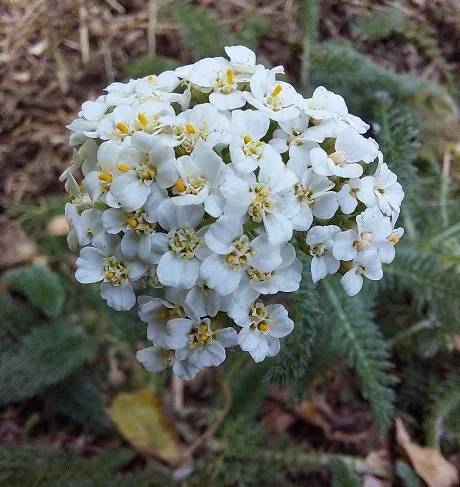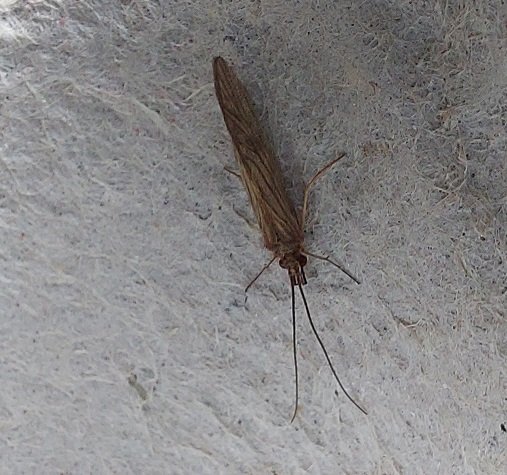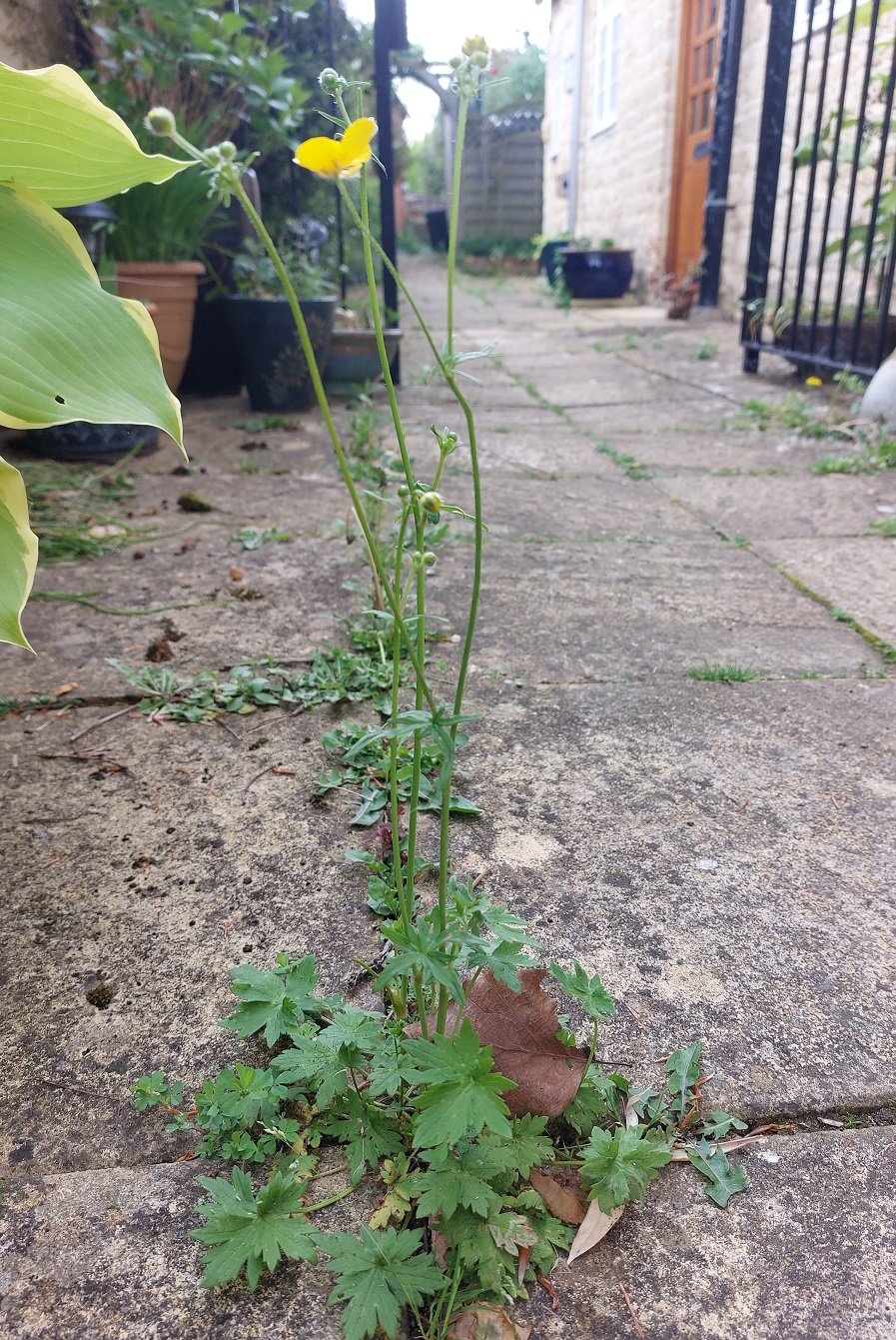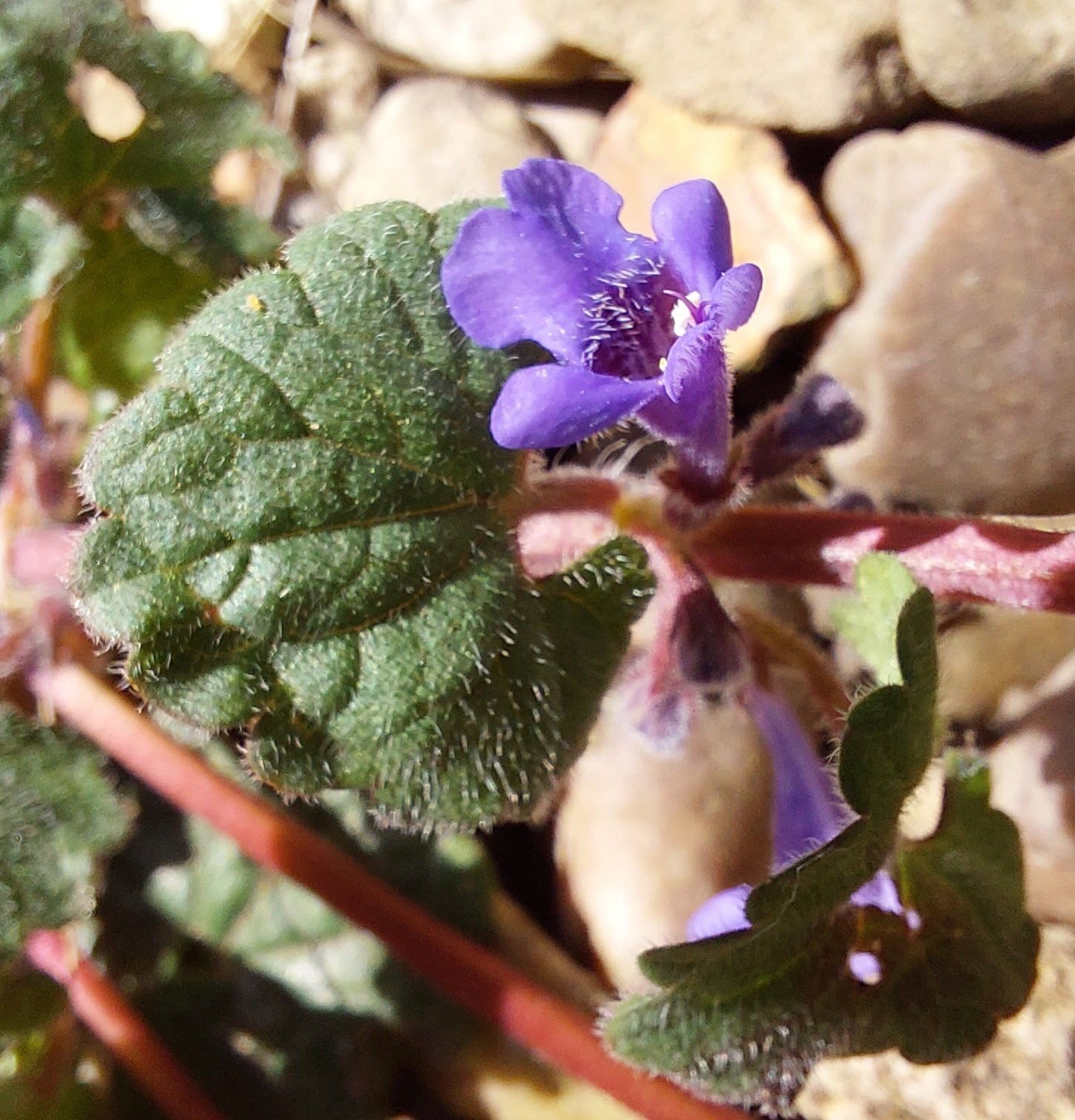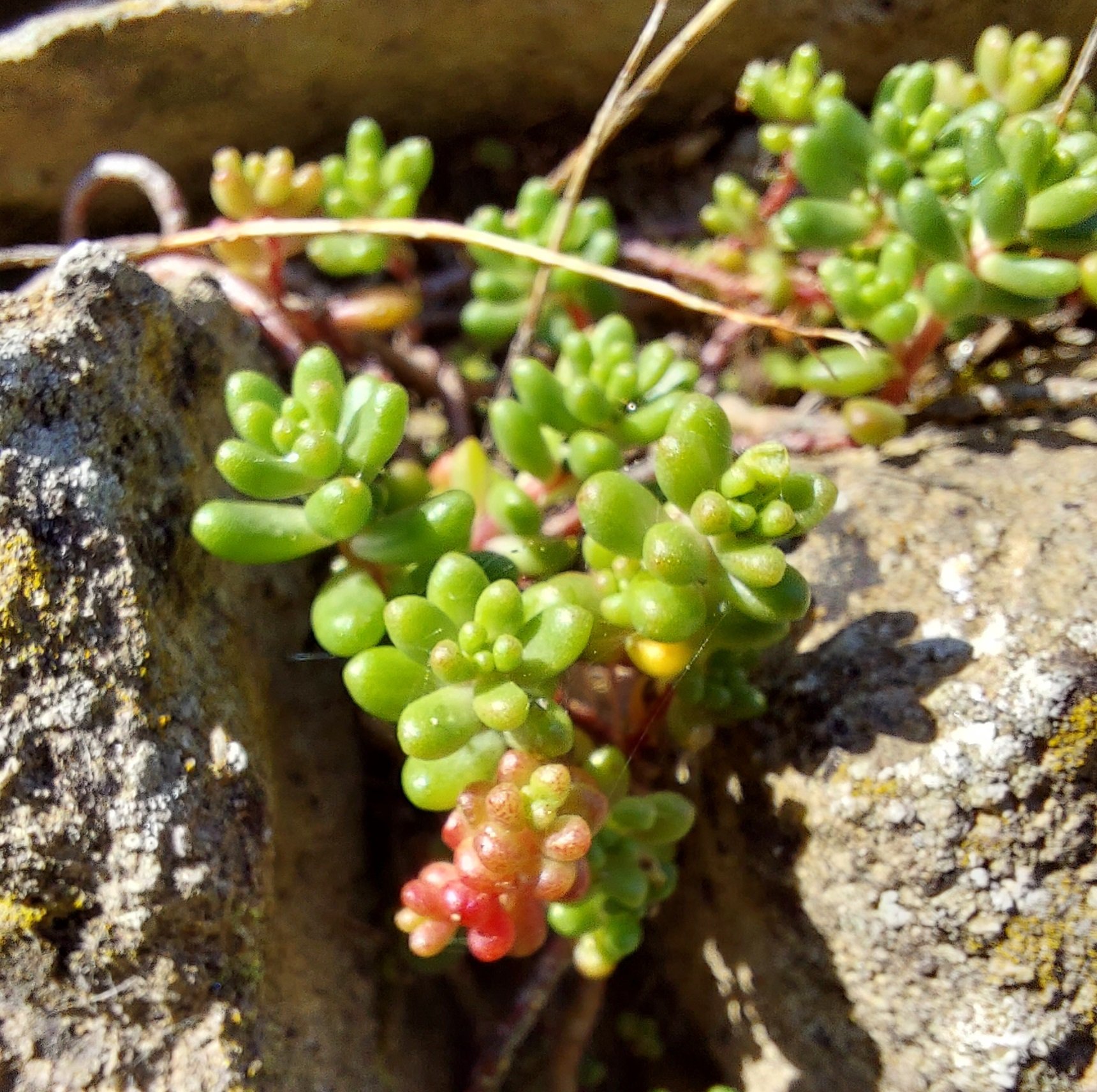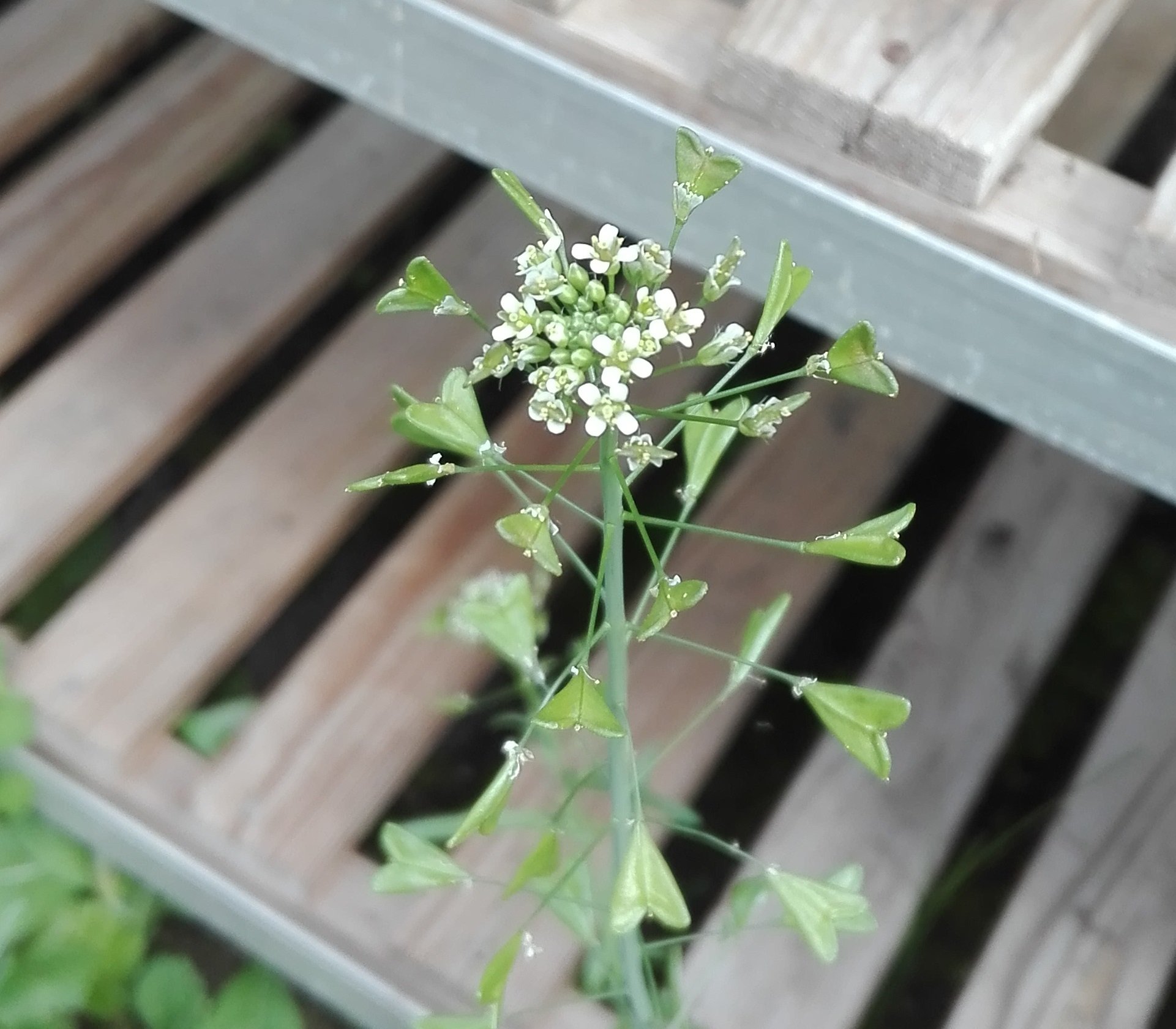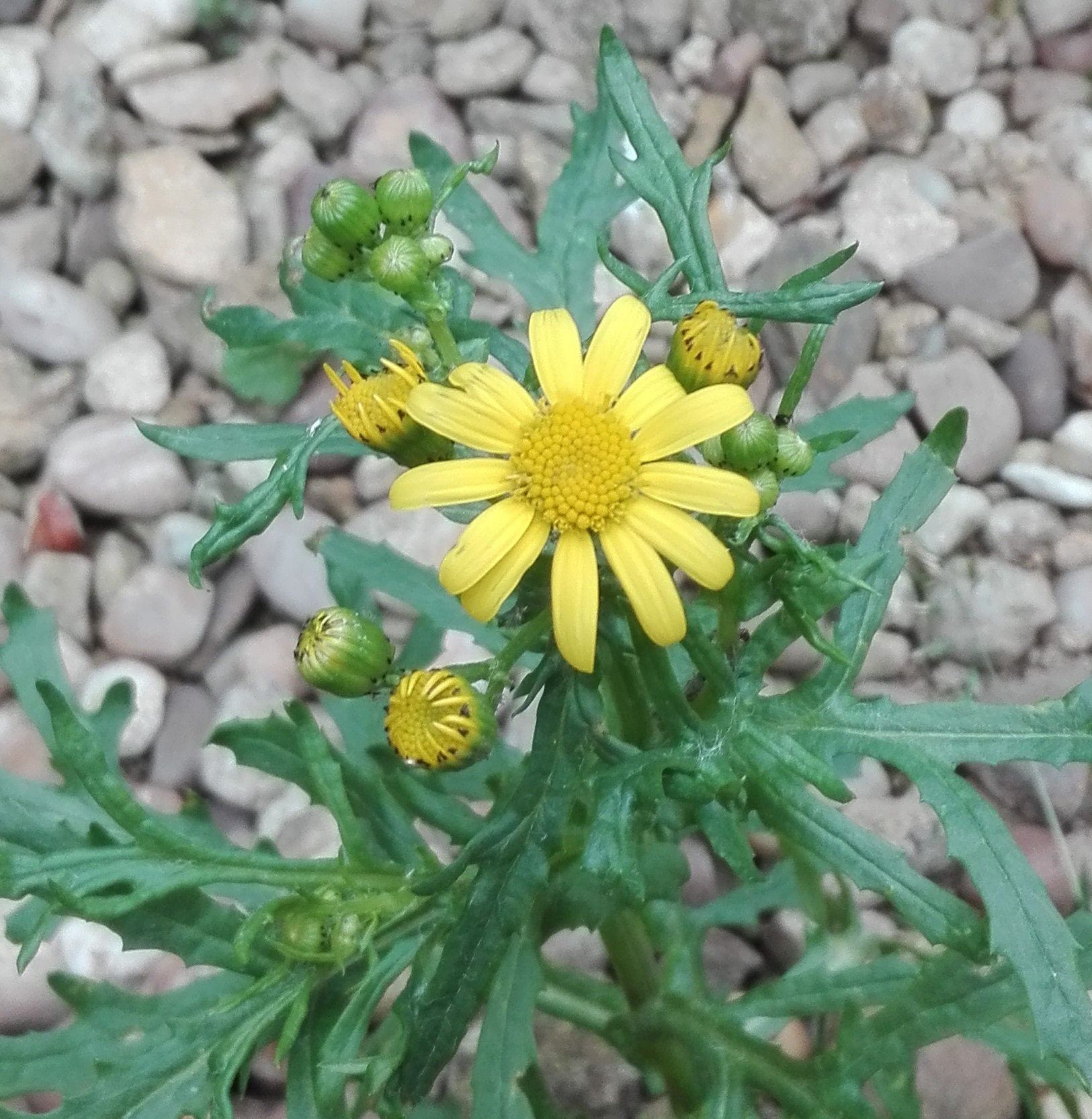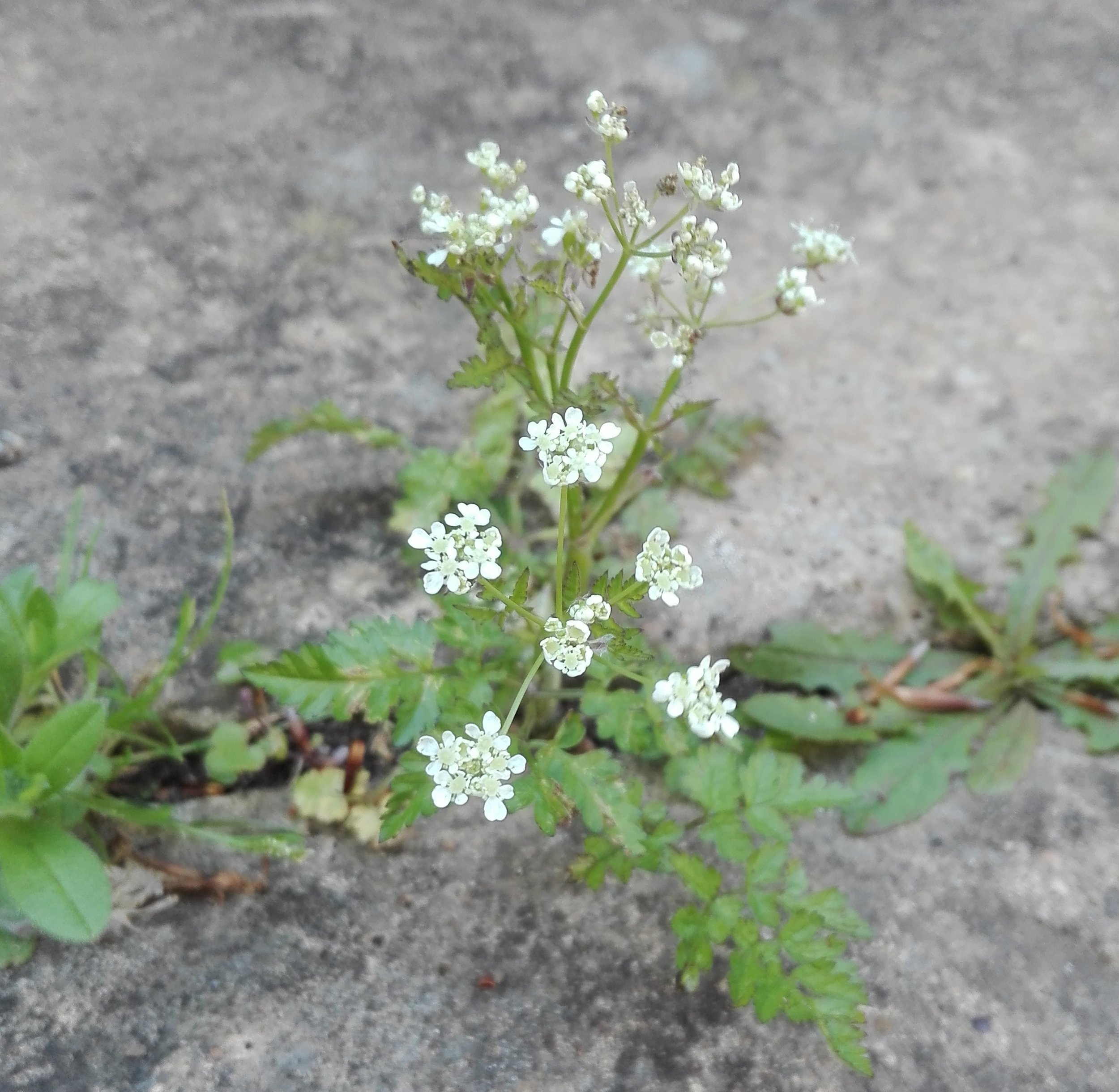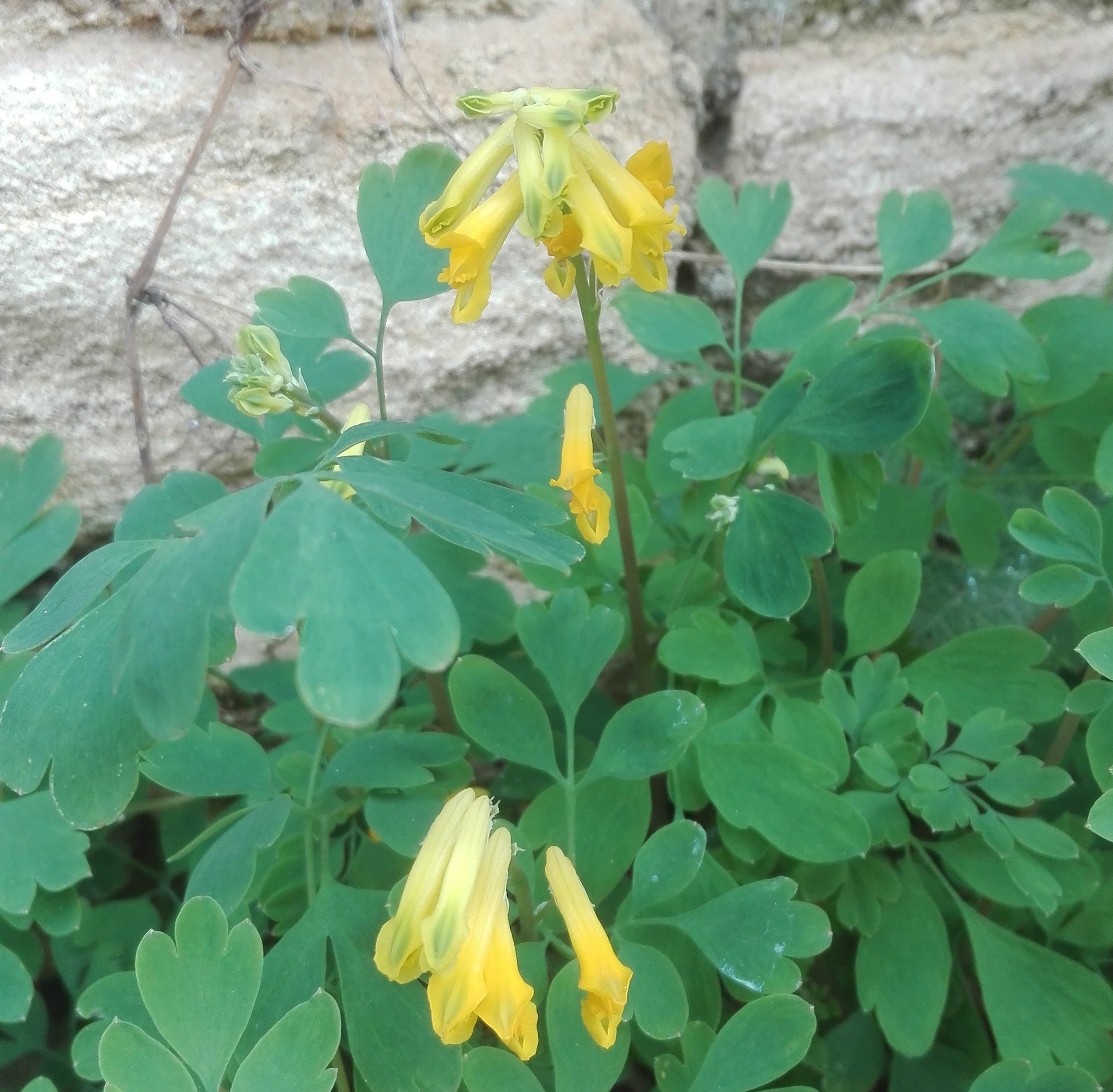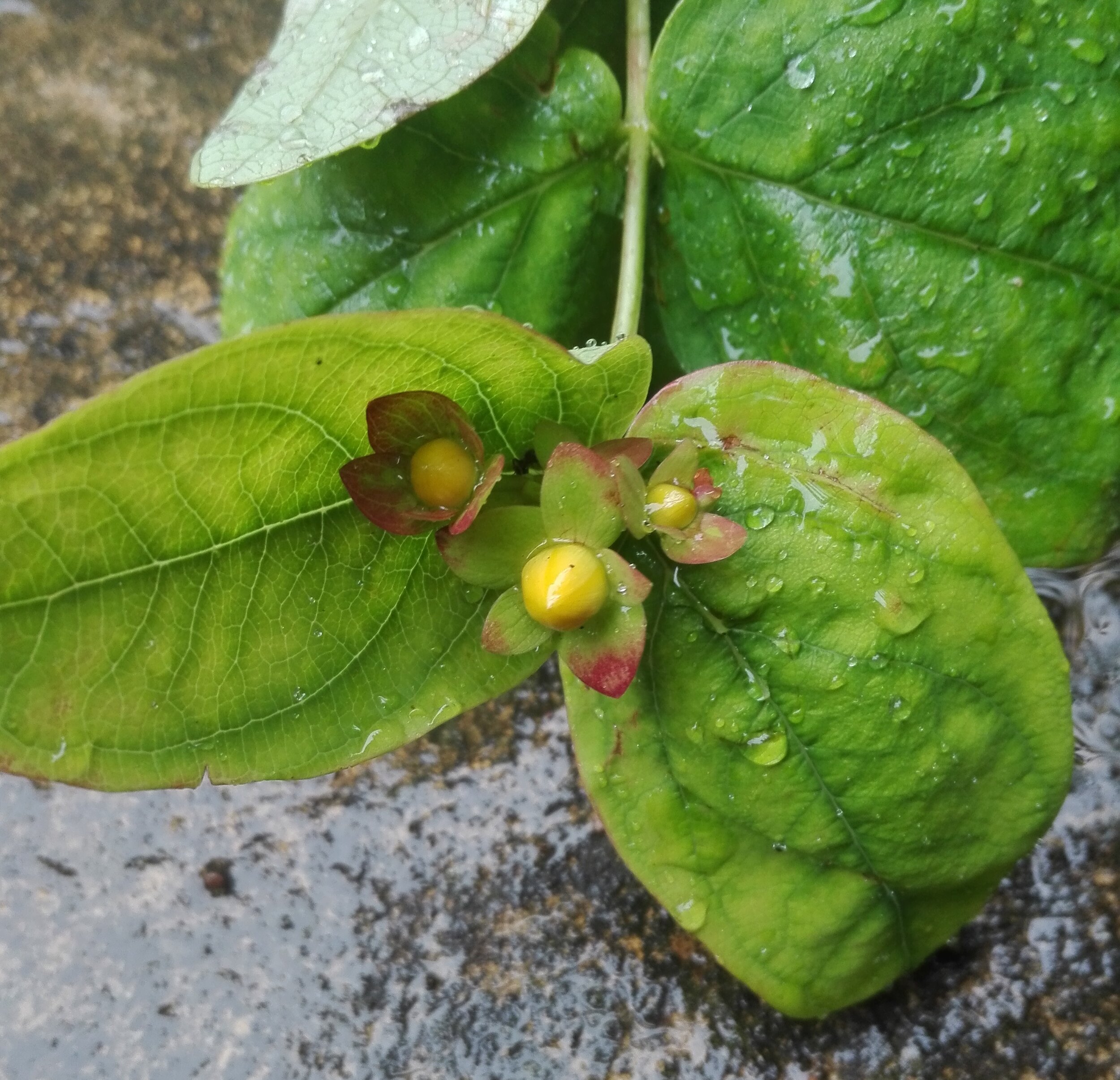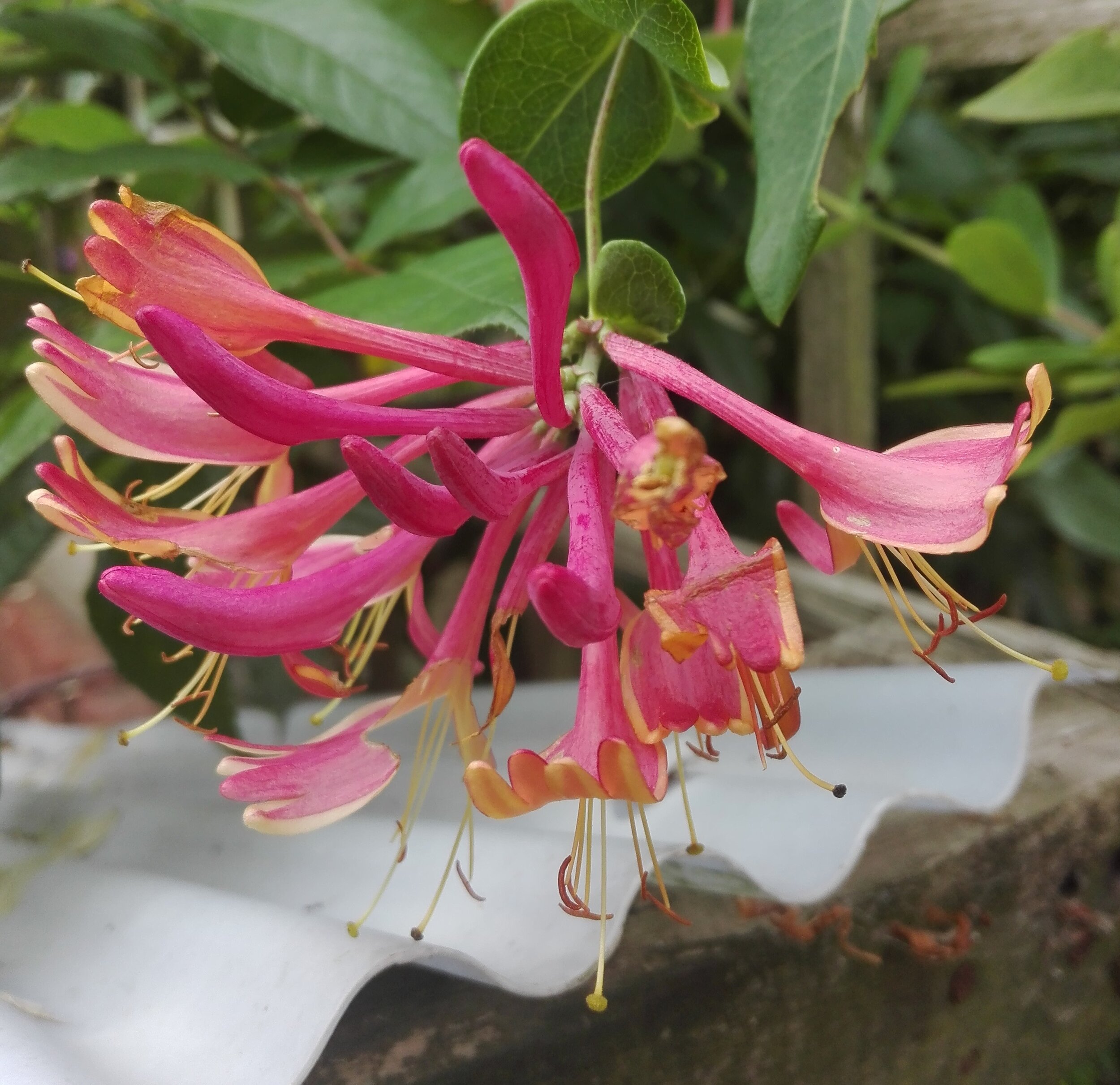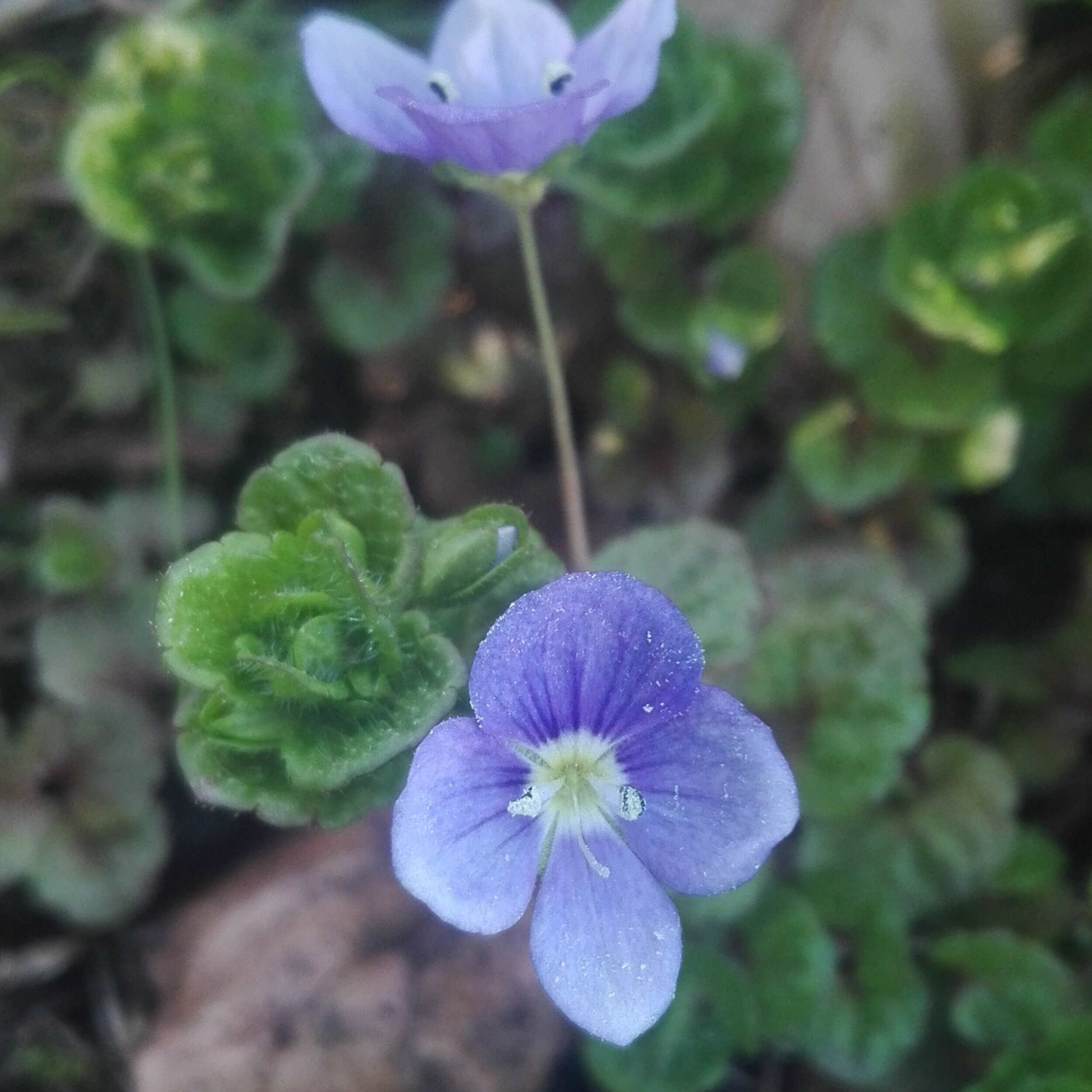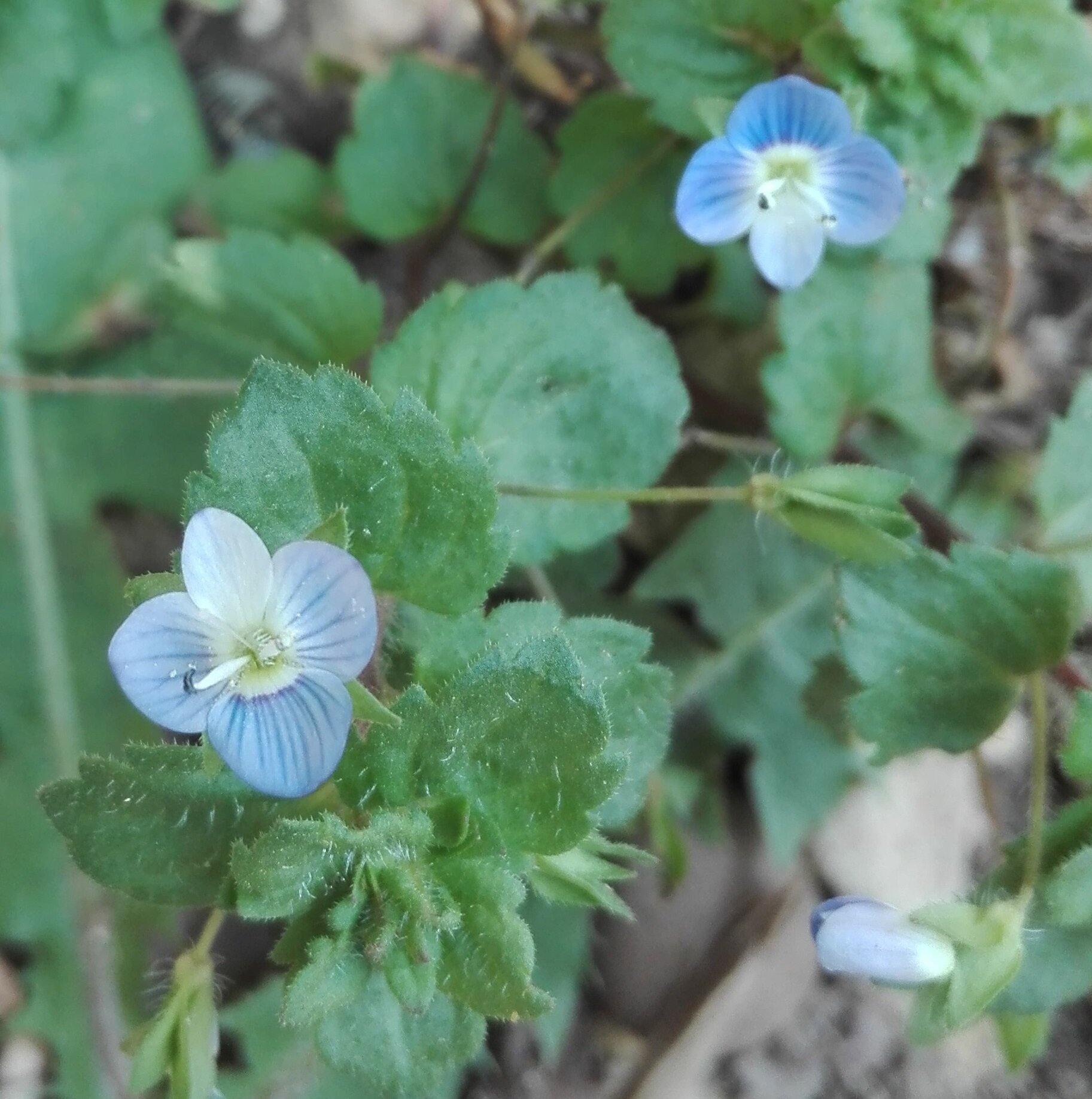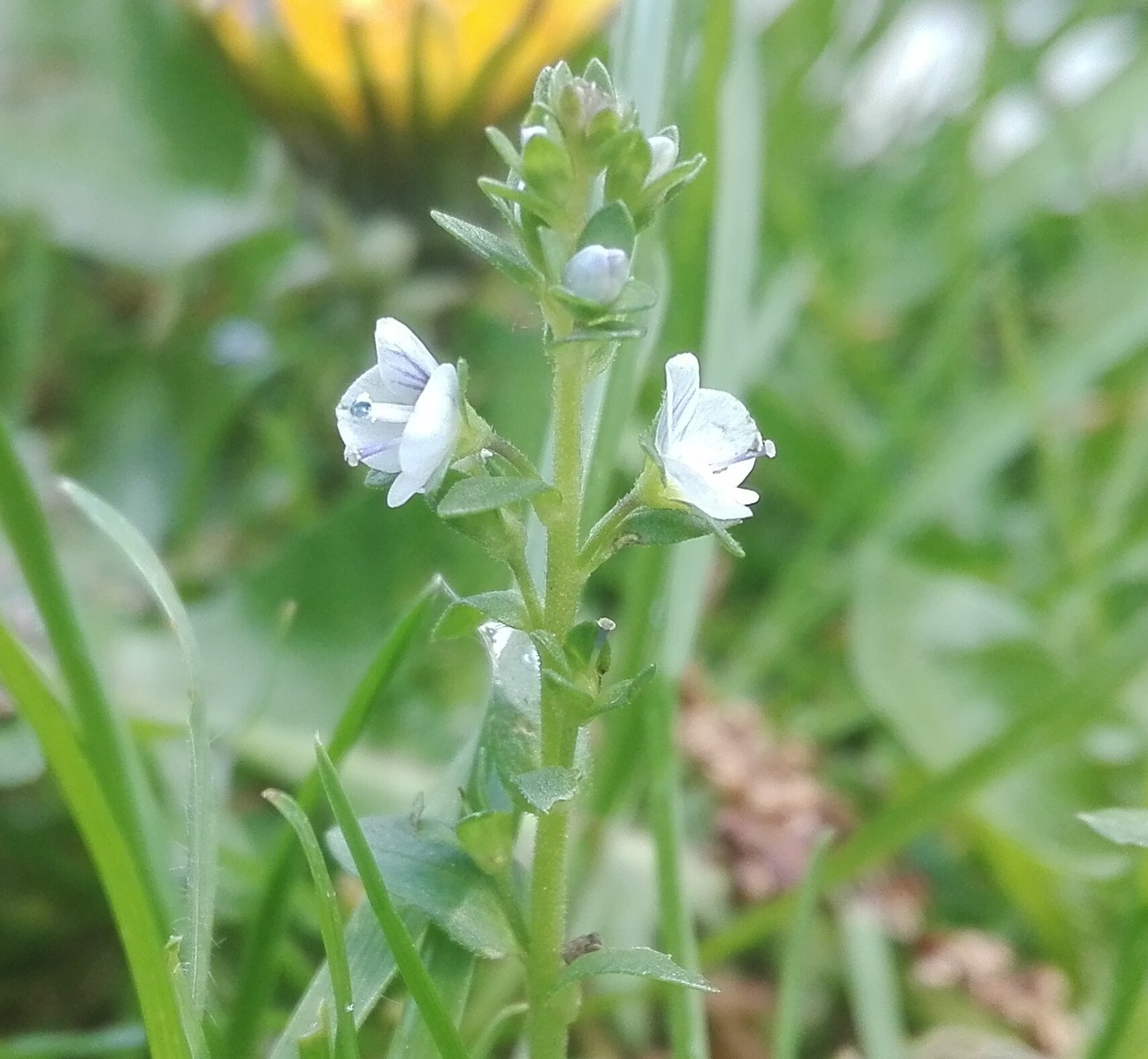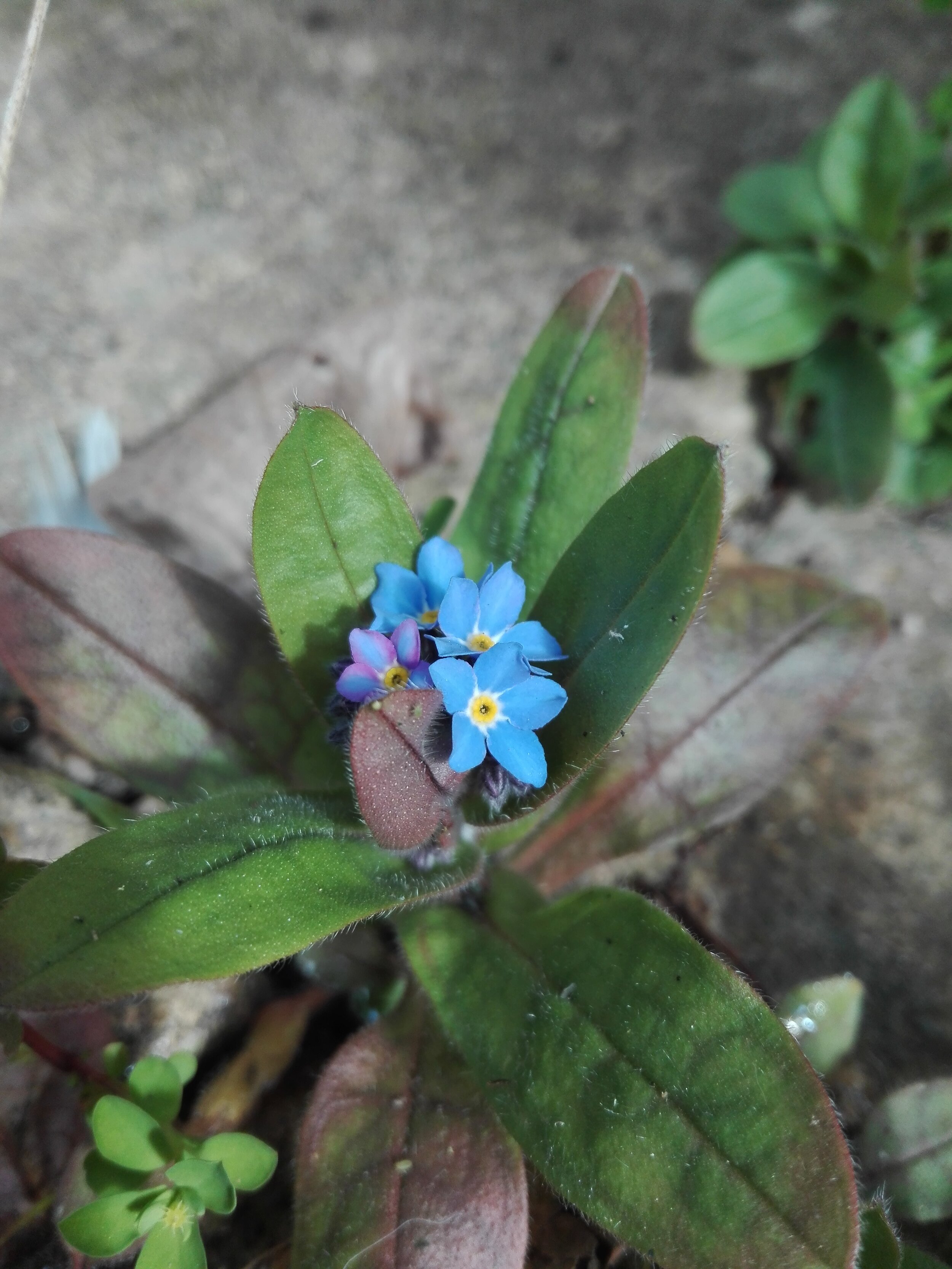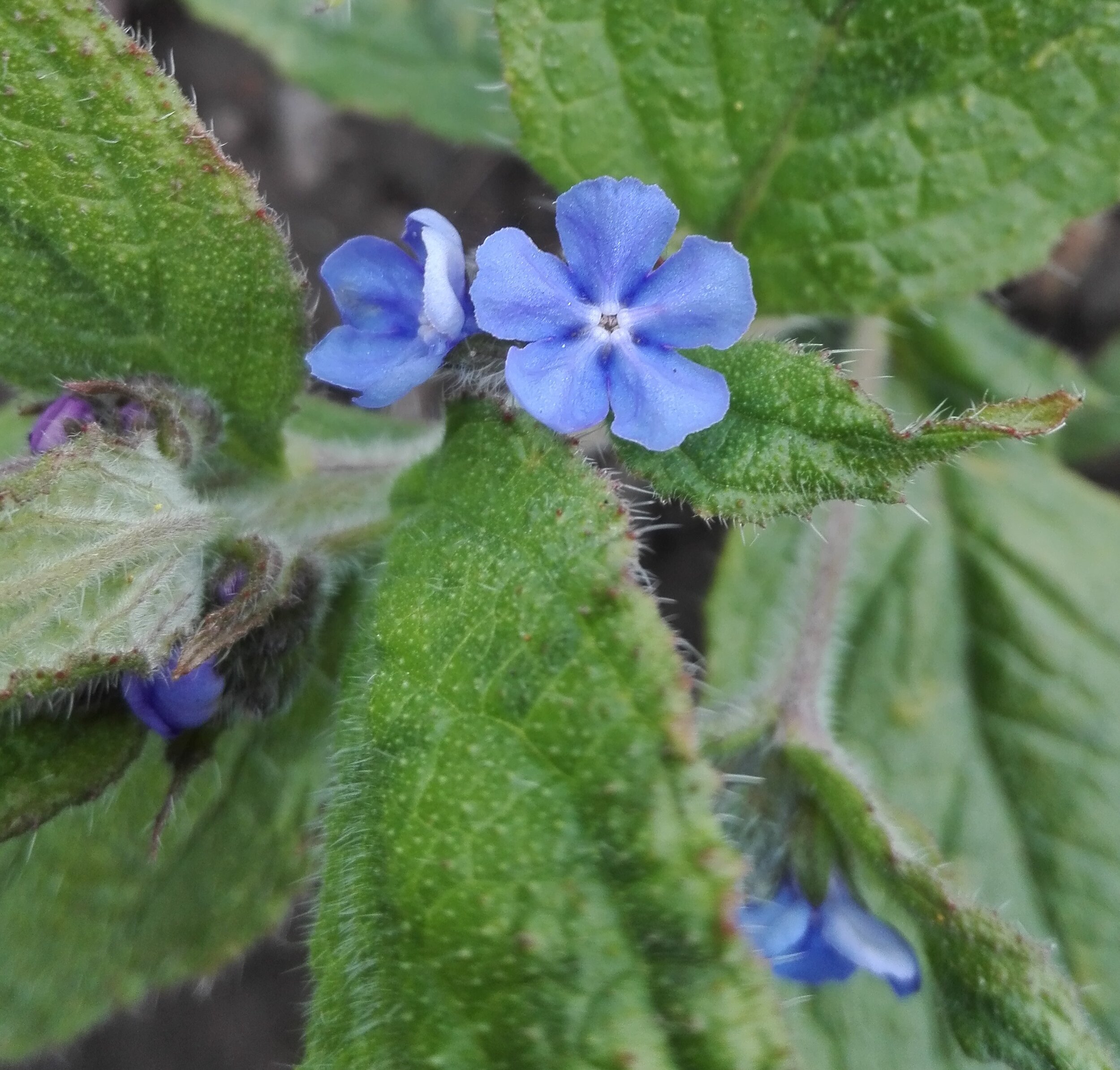Checking the weeds, I noticed a patch of Slender Speedwell (Veronica filiformis, #559). These might have been imported courtesy of the garden centre with some raspberry canes I bought last year. Speedwells are fairly similar looking, but this one flowers early, is a deeper blue than the Common Field Speedwell (Veronica persica) and has longer-stemmed flowers. Finally a few weeks later in May yet another species of Speedwell appeared, Thyme-leaved Speedwell (Veronica serpyllifolia, #573), this species has a spike of small, pale blue flowers. so there you go, four species of speedwell in one small lawn, all of which can spread and can become a nuisance. But they are pretty and my lawn is nothing much to worry about.
The Ivy-leafed Speedwell, Field Forget-me-not and Green Alkanet are also all quite invasive. The former, with its tiny flowers, grows in a thick carpet under shrubs. Field Forget-me-Not sprouts wherever it can, but especially between the paving slaps on the path. Its relative, Green Alkanet, grows in thick leafy clumps in the shady damp areas under the trees, giving you a rash on whenever you touch it. All these have a long flowering season, starting right now.

